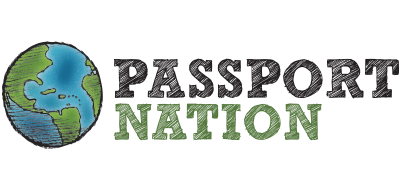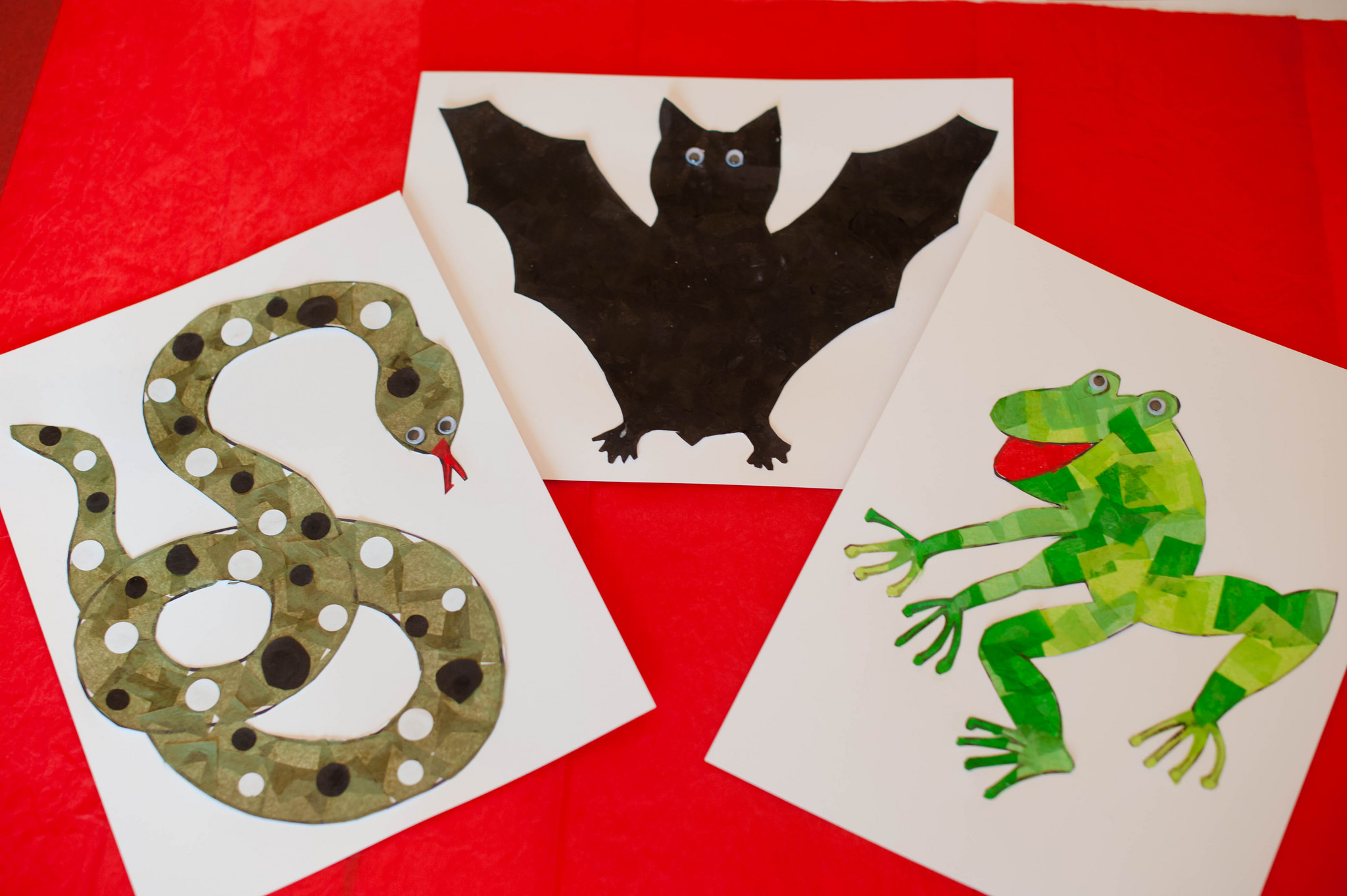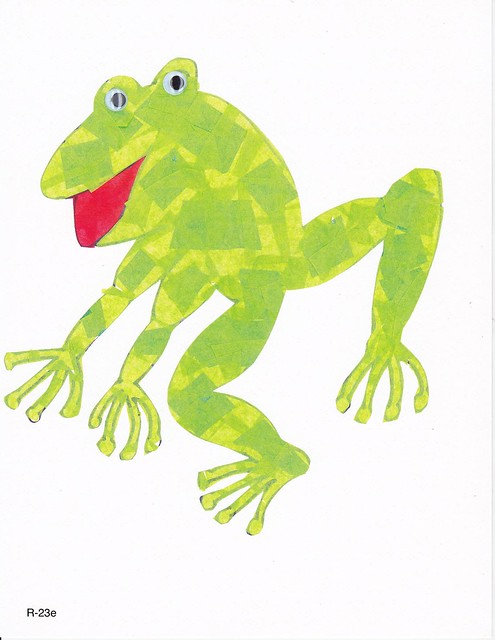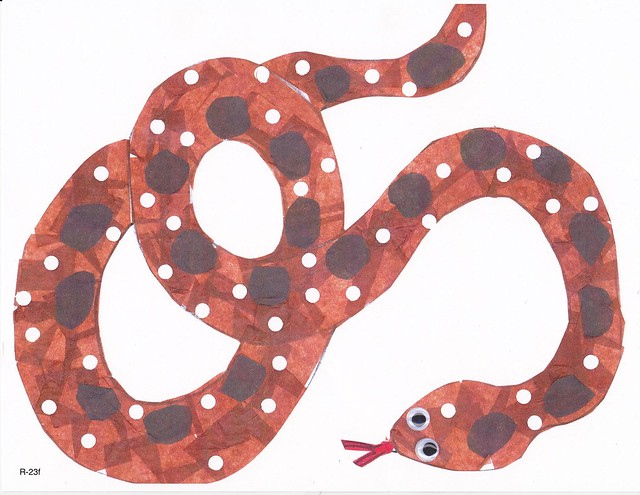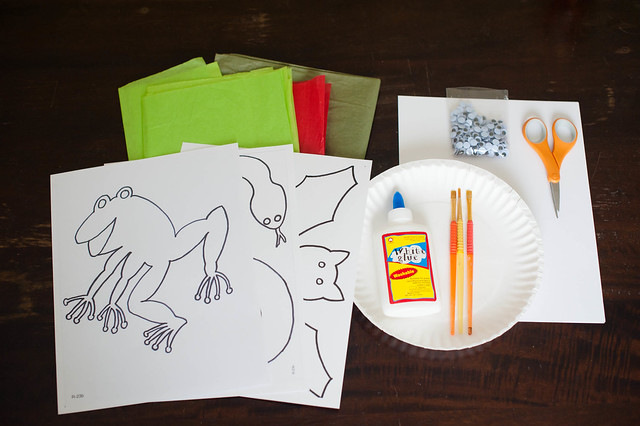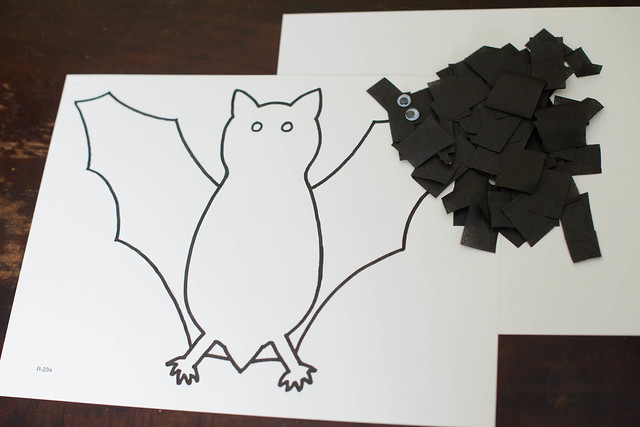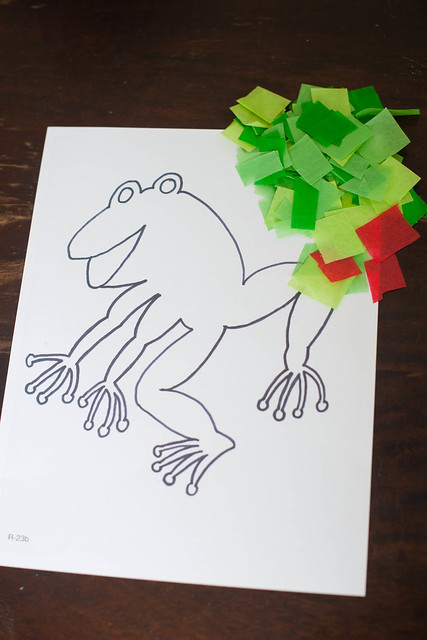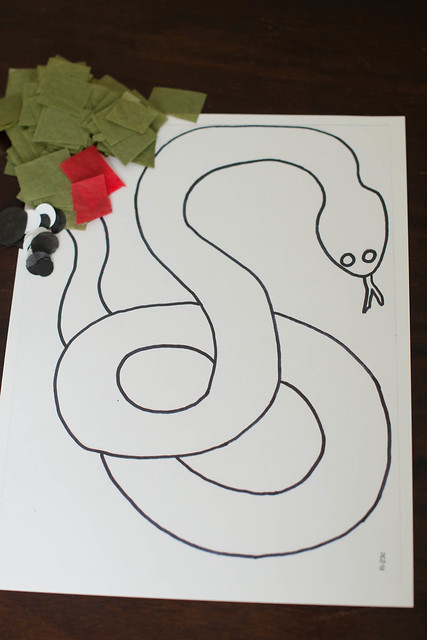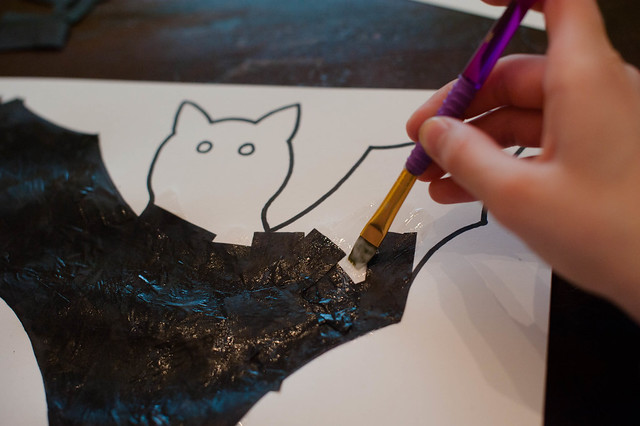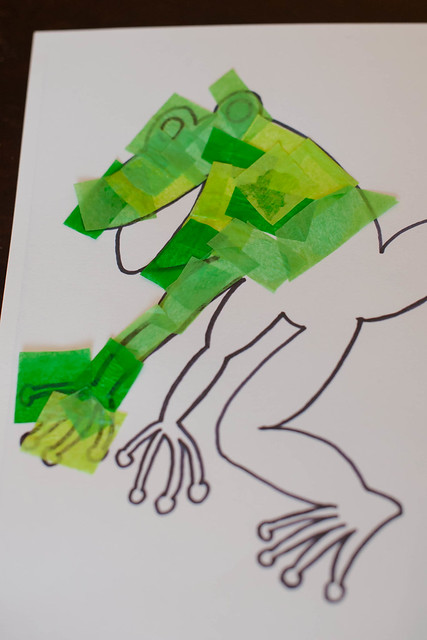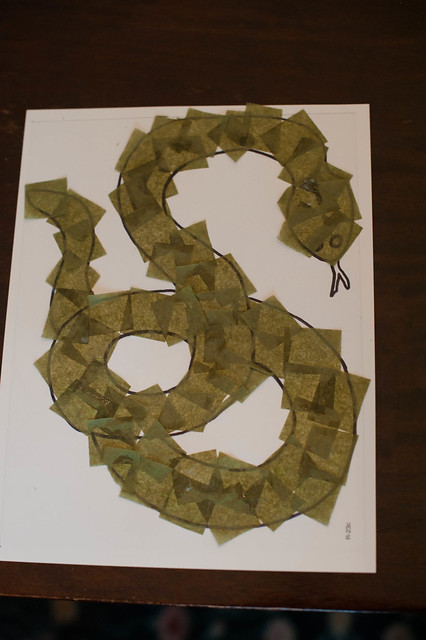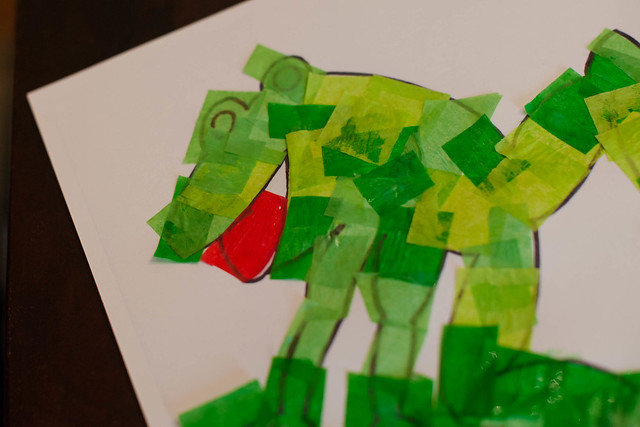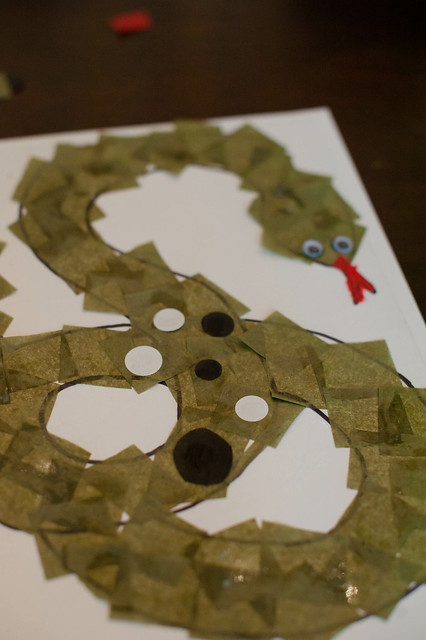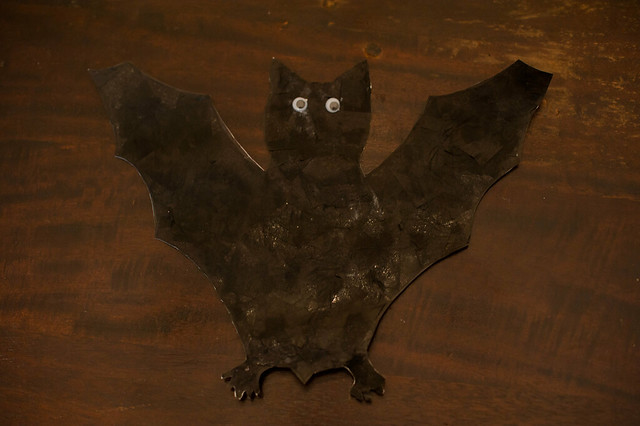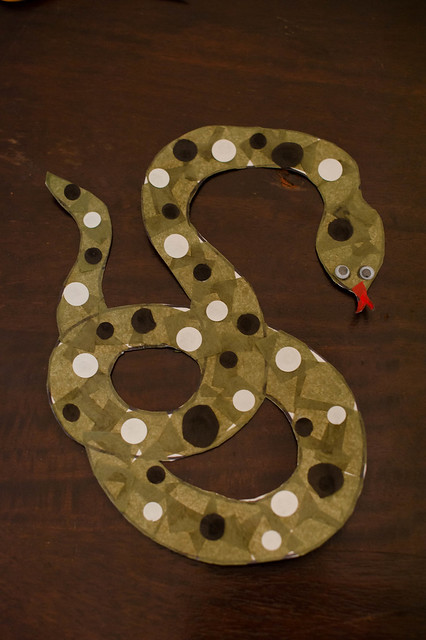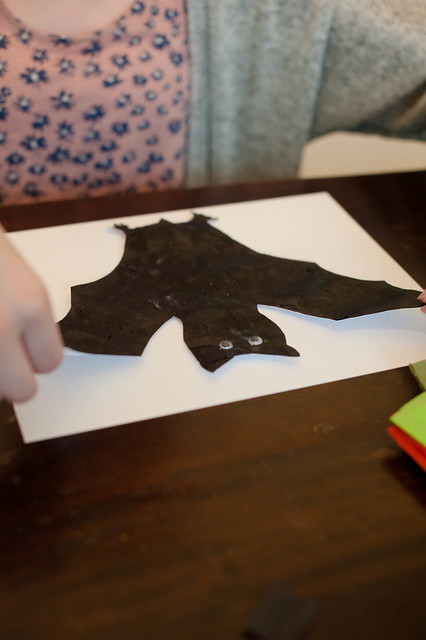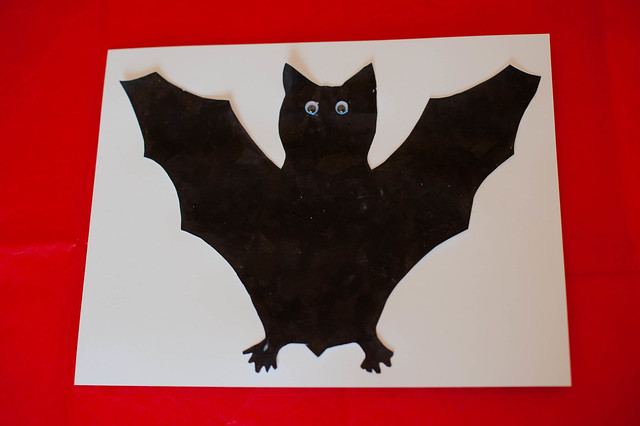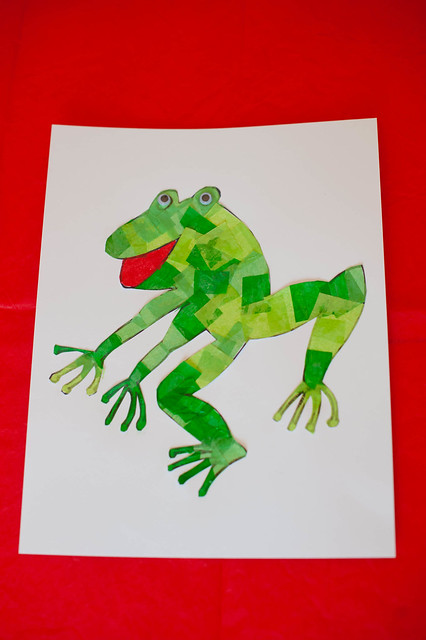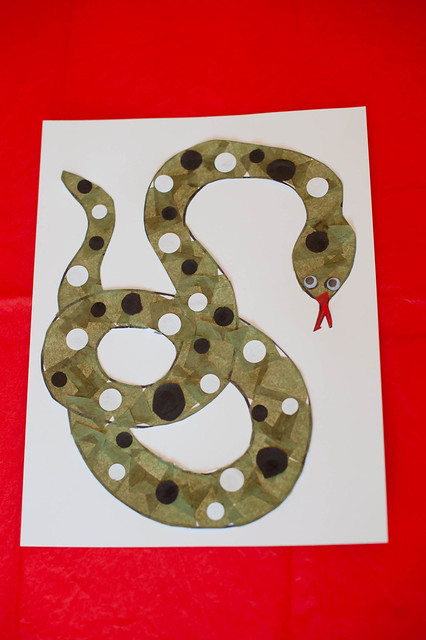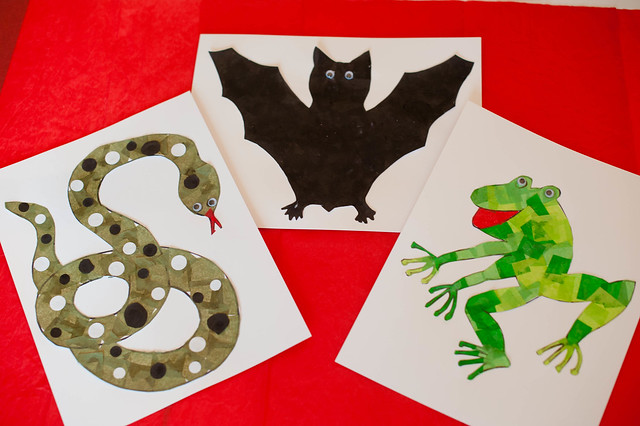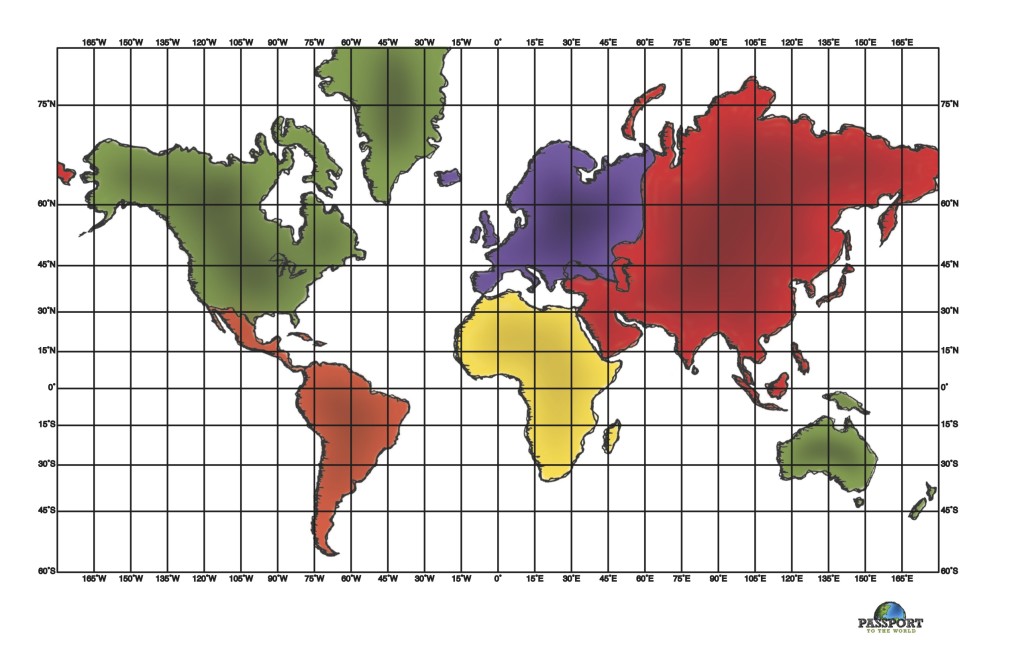Amazon Rainforest Animals
A rainforest is defined as a habitat that receives over 100” of rainfall each year. A tropical rainforest is the area on the globe between the imaginary lines close to the Equator called the Tropic of Cancer and the Tropic of Capricorn. Temperatures in the tropical rainforest are warm year-round and remain fairly constant between a range of 68-82 degrees. What’s crazy about a rainforest is that even though it only covers a small percentage of the world’s land mass (6%), more kinds of plants and animals live in the rain forest than any other type of habitat.
The Amazon Rainforest, located in South America, is the largest rainforest in the world. Covering 2.1 million square miles, it is roughly the size of the 48 contiguous states of the United States of America! Nine of the 13 countries in South America contain a portion of this rainforest within its borders. A central feature of the Amazon Rainforest, of course, is the Amazon River, the second longest river in the world and the largest river by water volume. This amazing habitat is home to approximately:
- 40,000 plant species
- 1300 bird species
- 3000 different types of fish
- 2.5 million insect varieties
- and 430 different mammals
Bats
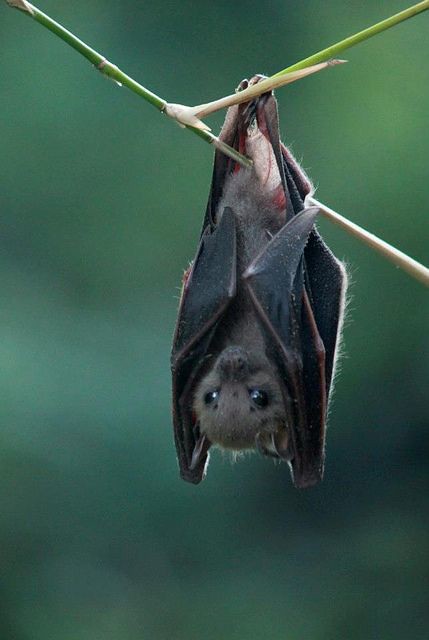
bat | source
One mammal that is plentiful in the Amazon Rainforest is the bat. Bats are essential in controlling the massive insect population! However, other bat species eat different diets of fruit, fish, and one species of bats, the Vampire Bat, lives solely on blood! Ew!
Jumping Tree Frogs:
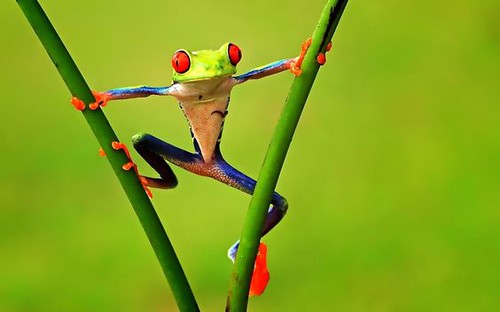
jumping tree frog | source
A few fun facts about jumping frogs: They can jump approximately 30-50 x the length of their bodies. To put this in perspective, this would mean that a human could jump the length of a football field! Why do they jump? – to get food and to help them avoid predators. What makes a frog be able to leap great distances? – powerful muscles in their back legs. And generally, the longer the back legs, the farther the frog will be able to jump.
Anacondas:
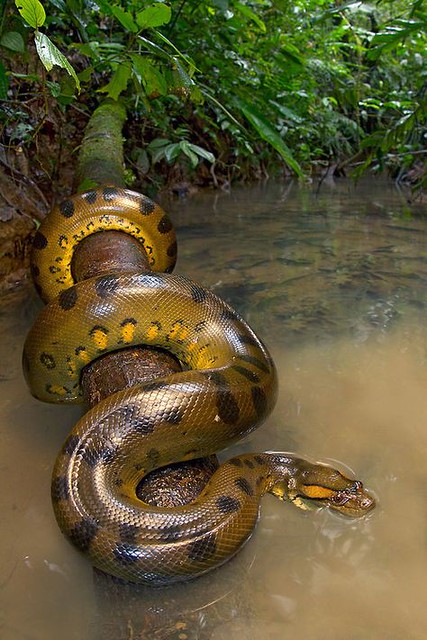
anaconda | source
The green anacondas are the largest snake in the world, reaching lengths of up to 30 feet (that’s like a 3-story tall building) and weighing up to 500 pounds (the weight of approximately 10 kids)!
The anaconda is a member of a family of snakes called constrictors. Constrictors are different from a lot of snakes in that they don’t kill their prey by delivering venom. Instead, constrictors wrap their bodies around their prey and squeeze until it stops breathing.
Because of the stretchy ligaments in its jaws, the giant snake opens its mouth wide enough to swallow its victim whole! —this can include fish, jaguars, small deer, and even humans.
Images of the various rainforest animals can be found HERE!
Now it’s time to create some of these cool rainforest creatures ourselves!
For this activity you will need:
- Bat, Frog, and Snake animal templates, printed on white cardstock
- glue
- small paper plate for glue
- paint brush
- colored tissue paper, cut into small pieces (see grid below)
- scissors
- additional pieces of cardstock (optional)
- wiggly eyes
- Rainforest animal collage completed samples: Bat, Frog, Snake
HOW TO ADAPT THIS LESSON:
Make lesson easier by choosing a simpler template (see chart below). In addition, the difficulty level can also be adjusted by choosing whether or not to cut out template and glue to second piece of cardstock. This process requires cutting skills and time, but it yields a dramatic result for the project!
Suggested Levels: K-2nd: Use Bat and Anaconda templates and DO NOT cut out. 3rd-6th: Use discretion based on time allotment and particular student population. Choose any of the templates and cut out if time allows.
Tissue paper color options:
Instructions:
Choose a template and gather the appropriate colors of tissue color.
Apply glue with a paintbrush to a small area of the template at a time. Apply the colored tissue paper onto the area of the template with glue. Continue this process, being careful to cover all the white. This may require reapplication of glue and layering of tissue paper.
Apply tissue paper colors based upon the samples provided. Specifically, for the frog, apply red to the mouth.
For the anaconda, once the base layer of tissue paper is completed, embellish with additional black and white circles along the body of the snake if desired and as time permits.
Add wiggle eyes.
OPTIONAL STEP: Cut around the outline of the animal. This will clean up any tissue paper around the edges of the animal outline.
Apply glue to the back of the collage and glue to another piece of cardstock to create a clean look.
Allow artwork to dry.
